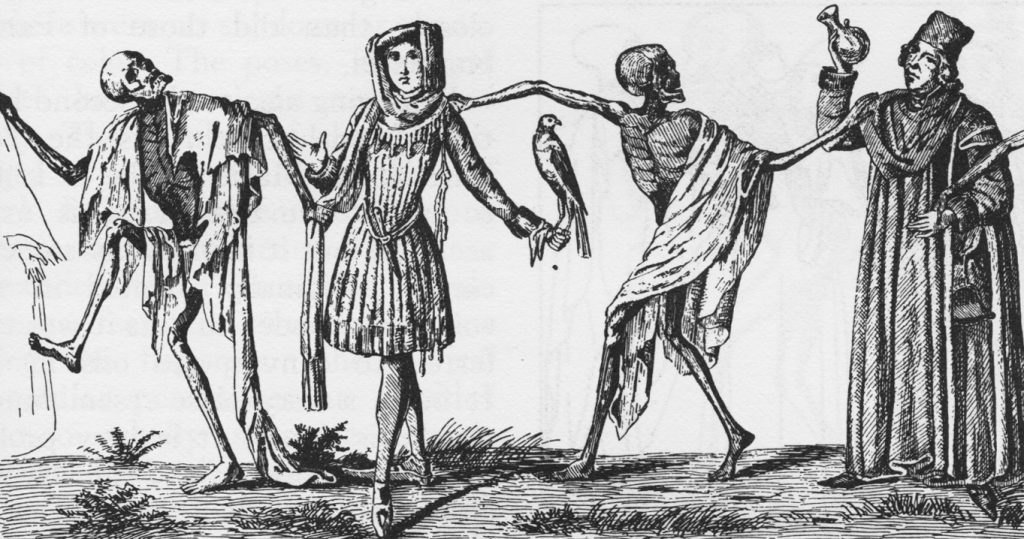
Moving first-hand interviews and unnervingly honest recollections weave through psychologist Elaine Kasket’s first mainstream book, All the Ghosts in the Machine, an anatomy of mourning in the digital age. Unravelling that architecture turns up two distinct but complementary projects.
The first offers some support and practical guidance for people (and especially family members) who are blindsided by the practical and legal absurdities generated when people die in the flesh, while leaving their digital selves very much alive.
For some, the persistence of posthumous data, on Facebook, Instagram or some other corner of the social media landscape, is a source of “inestimable comfort”. For others, it brings “wracking emotional pain”. In neither case is it clear what actions are required, either to preserve, remove or manage that data. As a result, survivors usually oversee the profiles of the dead themselves – always assuming, of course, that they know their passwords. “In an effort to keep the profile ‘alive’ and to stay connected to their dead loved one,” Kasket writes, “a bereaved individual may essentially end up impersonating them.”
It used to be the family who had privileged access to the dead, to their personal effects, writings and photographs. Families are, as a consequence, disproportionately affected by the persistent failure of digital companies to distinguish between the dead and the living.
Who has control over a dead person’s legacy? What unspoken needs are being trammelled when their treasured photographs evaporate or, conversely, when their salacious post-divorce Tinder messages are disgorged? Can an individual’s digital legacy even be recognised for what it is in a medium that can’t distinguish between life and death?
Kasket’s other project is to explore this digital uncanny from a psychoanalytical perspective. Otherwise admirable 19th-century ideals of progress, hygiene and personal improvement have conned us into imagining that mourning is a more or less understood process of “letting go”. Kasket’s account of how this idea gained currency is a finely crafted comedy of intellectual errors.
In fact, grief doesn’t come in stages, and our relationships with the dead last far longer than we like to imagine. All the Ghosts in the Machine opens with an account of the author’s attempt to rehabilitate her grandmother’s bitchy reputation by posting her love letters on Instagram.
“I took a private correspondence that was not intended for me and transformed it from its original functions. I wanted it to challenge others’ ideas, and to affect their emotions… Ladies and gentlemen of today, I present to you the deep love my grandparents held for one another in 1945, ‘True romance’, heart emoticon.”
Eventually, Kasket realised that the version of her grandmother her post had created was no more truthful than the version that had existed before. And by then, of course, it was far too late.
The digital persistence of the dead is probably a good thing in these dissociated times. A culture of continuing bonds with the dead is much to be preferred over one in which we are all expected to “get over it”. But, as Kasket observes, there is much work to do, for “the digital age has made continuing bonds easier and harder all at the same time.”
